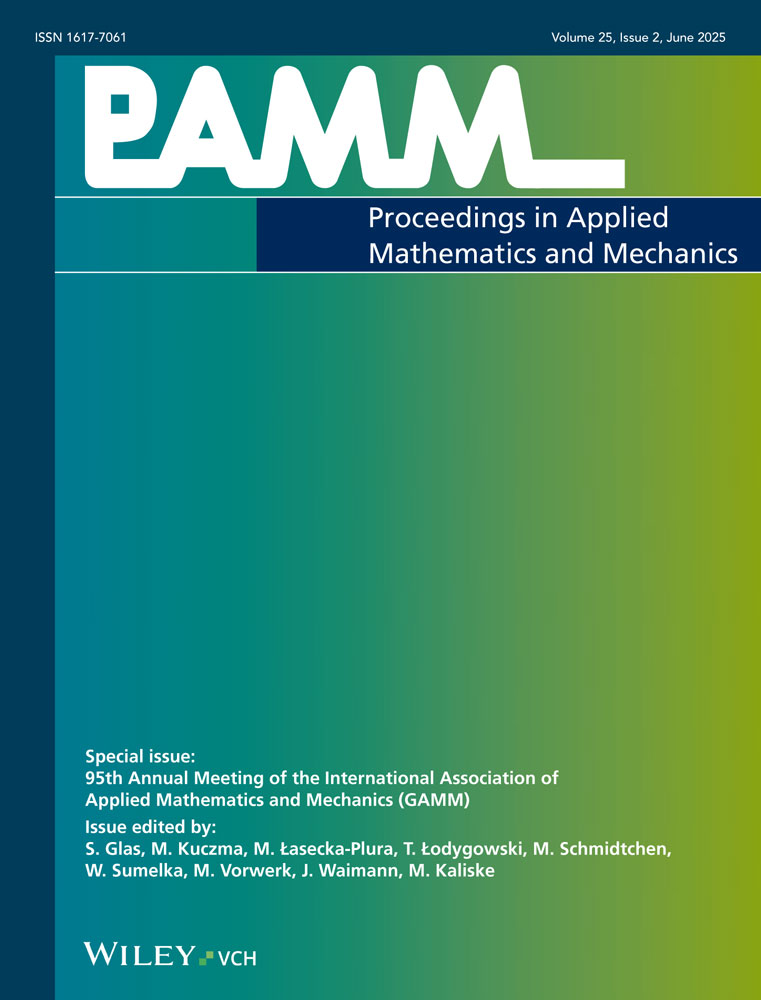Further Improvements in High Gain Observer Design for Systems with Structured Nonlinearities
Abstract
Due to their simple implementation based on a constant gain matrix, high gain observers are very common in practical applications. We consider systems whose dynamics can be decomposed into a linear and a nonlinear part, where the nonlinear part meets some Lipschitz condition. In many cases there exists a finite bound on the maximum feasible Lipschitz constant for which the error dynamics can be stabilized. Necessary and in some sense sufficient conditions for this maximum Lipschitz constant are given in [1]. These results has been improved in [2,3] by taking the structure of the linear part into account.
Having a system with one single nonlinearity, the results given in [2,3] are strict. If multiple nonlinearities occur, even this approach tends to be to conservative. In this case, one could additionally take the internal structure of the nonlinearities into account which leads to a larger set of systems for which convergence of the observer error can be guaranteed.
Our new approach is based on an approximation of the structured singular value [4] which yields existence conditions in terms of linear matrix inequalities (LMIs). These LMIs may as well be used for the numerical computation of the observer gain. We demonstrate the advantage of our method on an example. (© 2016 Wiley-VCH Verlag GmbH & Co. KGaA, Weinheim)




